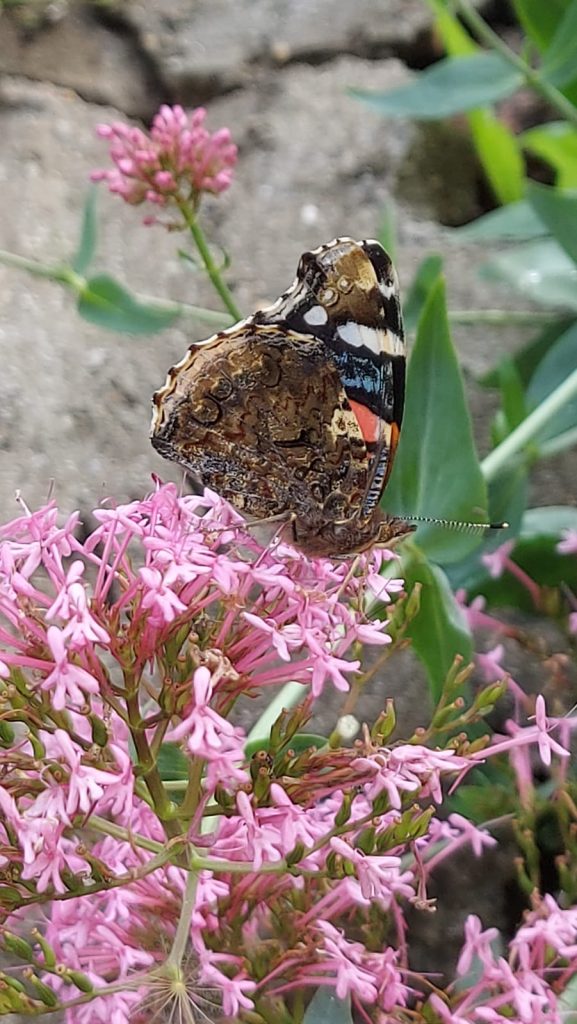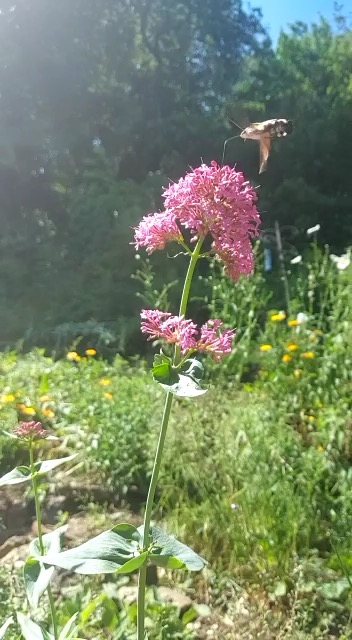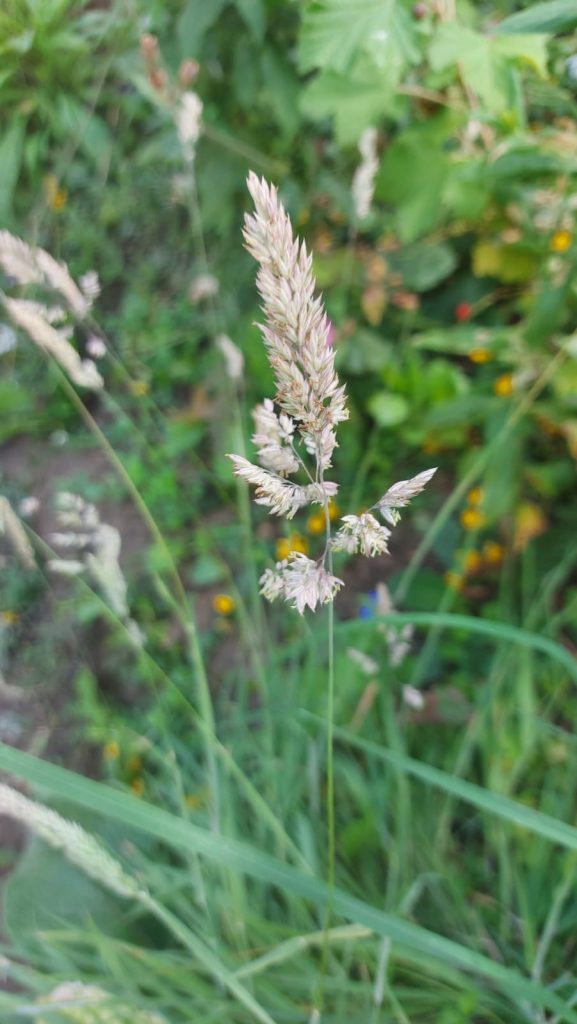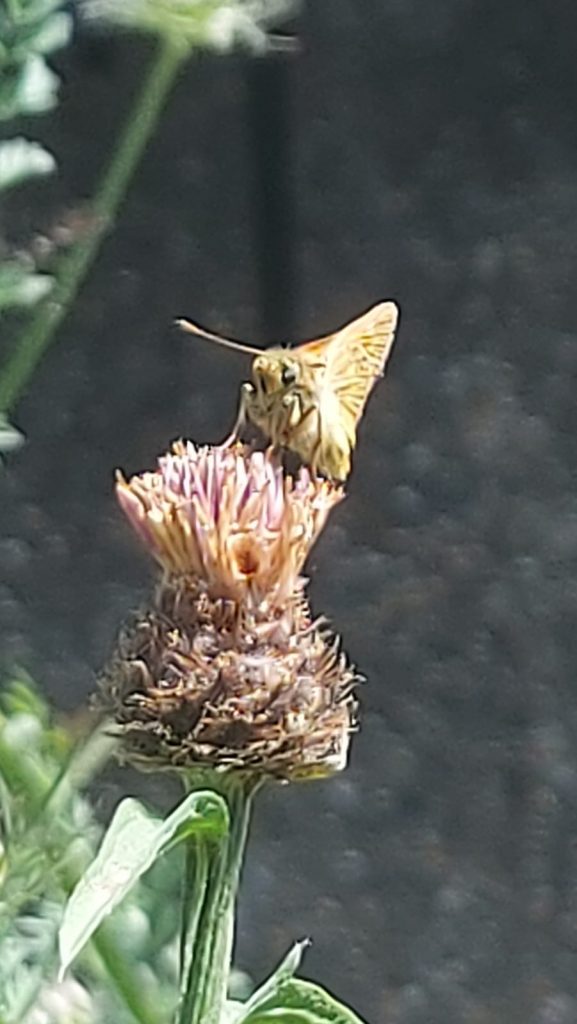After you have visited any nature reserve and enjoyed the wildlife that live there, do you ever ask yourself why that particular species is present at that site and what are the reasons why it is to be found there? To understand the reasons, it helps to have some basic knowledge of what a species needs to survive and prosper. From this kind of knowledge, we humans can start to help the wildlife by providing things that it will need to prosper like food, breeding sites, protection from predators (security). Most nature reserves will have a management plan that will work to support a maximum bio-diversity within their given area of management. It’s a lot easier said than done but that is the general aim of them and I have seen the benefits of management plans carried out on reserves I have worked on and visited over the years.
I adopted this approach when I started work on my own reserve a couple of years ago and already decisions I made two years ago are starting to show some positive results.
When I began working on the site a couple of years ago I decided to try and establish a field edge type habitat that would border the scrubby woodland area. I had been given some bee and butterfly friendly seeds and as they grew my mind began to wonder about possible species to plant that may attract certain insect species. I thought about butterfly species that I knew were found in the local area and thought about plant and flower species that these species needed. After a few ideas, I chose a couple plant species to try and establish and by the end of the first summer I had sowed some Yorkshire Fog seeds and planted a mature Red Valerian. These two plants are very different but have an equally interesting benefit for the insect community

Red Valerian is a flower that familiar to many gardeners and particularly to people of south west England where it commonly grows in walls and railways sidings, in fact all over the place! It is a native of the Mediterranean and was introduced to the UK about 400 years ago and is now relatively common in the southern UK. It has long been noted that a wide variety of insects love it and it was joked when it was given to me that I may get a visit from a Hummingbird Hawkmoth. I secretly hoped that this would happen and contented myself by watching various bee species and the odd Red Admiral paying a visit to this source of rich nectar. Then my wish came true the other week when as I stepped out of my front door a Humming bird Hawkmoth flew in and fed for about 2 minutes on the Valerian and then rapidly flew off. Talk about being in the right place at the right time. I instantly thought of what had been said to me when I was given the plant and thankfully had been able to video the moth and was able to show it a few weeks later to the person who had given me the plant. They seemed quite impressed as well! This little action had paid off and this elegant species had paid me a visit and hopefully they may visit again in future years.

Now the other species I mentioned earlier is a grass species called Yorkshire Fog, which is quite a common species in native grassland areas and field borders. It is an elegant species that has a delicate feel and look to it with light greens and subtle pink flushes and sand coloured seed heads.

To a lot of people, grass is a weed and not much use for anything but to the naturalist eye glasses are an important part of the ecosystem they occur in. This is the reason I took a gamble and planted some Yorkshire Fog seeds as I am aware that the Small Skipper butterfly, which occurs locally to me, lay their eggs on Yorkshire Fog. I felt it was a long shot that they may turn up at my reserve due to the availability of sunlight which was limited but none less I planted some seeds and the following year they grew and flowered. This year I noted that it had spread to a few other locations and again thought about the Skipper butterflies. And then one morning when Steve had popped round, he suddenly said look at that skipper and there was a Small Skipper feeding on some Black Knapweed. To say I was delighted was an understatement. Since then I’ve had one other possible sighting and have a distinct feeling that they may colonise the sight next year.

These examples of plants I have put in my reserve show you some of possibilities that can be attained with some planning. When I started planning the area I obviously thought about wildlife I was hoping to attract to the area and up to now it seems to be working. I have been researching other plant species to plant in order to attract more life to the area and it certainly seems to have endless possibilities. I know I won’t be bored. Plants are a vital part of our world and without them there would be no life at all so if you have any space I suggest you plant some flowers and you never know what you may attract.
